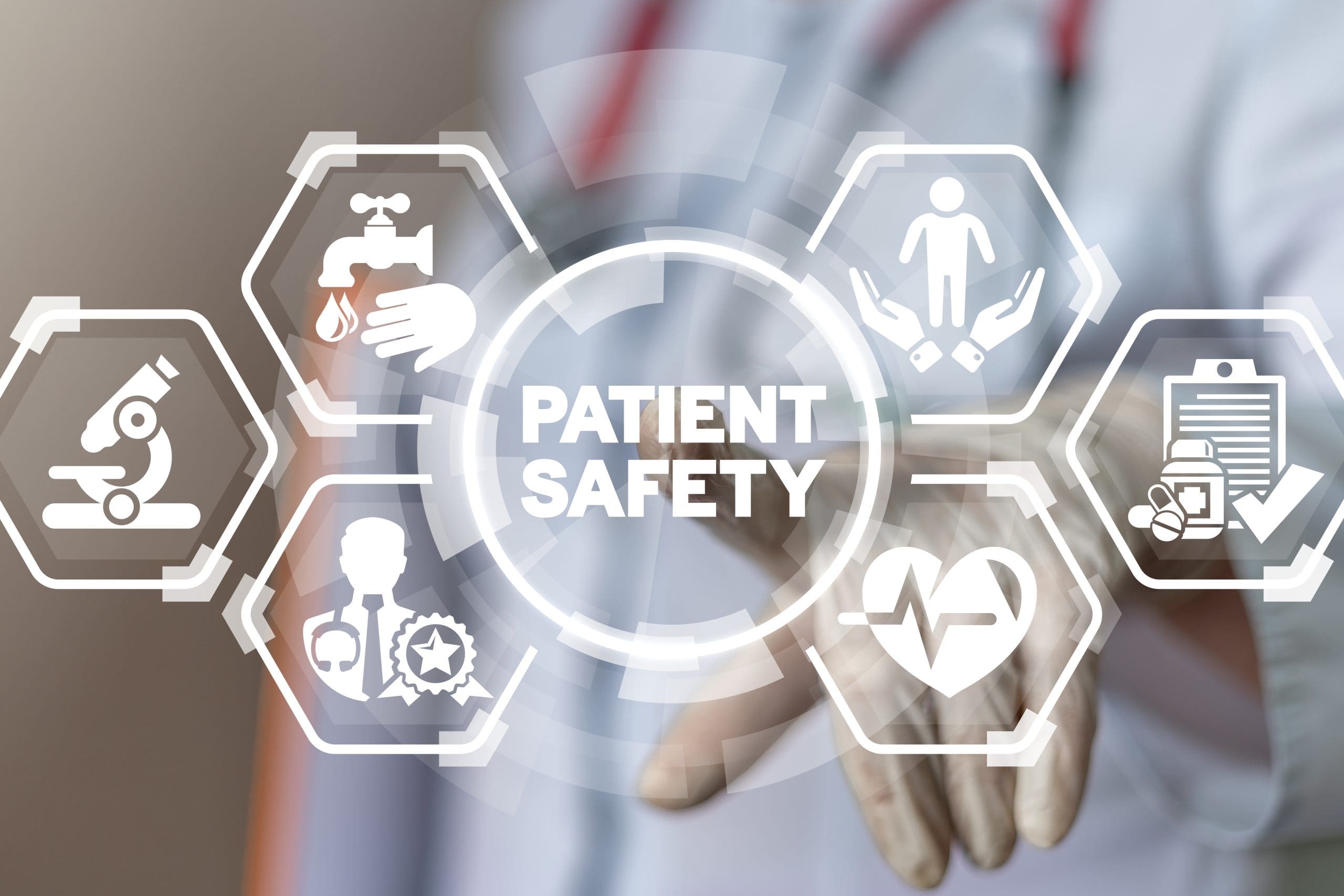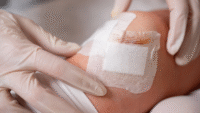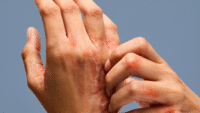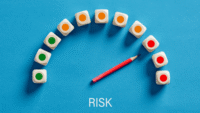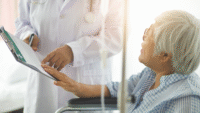How do we create a mindset focused on safety?
Patient Safety Awareness Week is March 14-20. Its importance can’t be emphasized enough. In addition to the high mortality rates this year due to COVID-19, mortality resulting from medical error in the United States is estimated at 251,000 deaths per year, or 688 preventable deaths every day. Consider that a low estimate. Some studies cite numbers as high as 400,000 deaths per year. No matter which reference you use, it’s too high. We all need to be aware of the importance of patient safety and the causes of preventable harm, from the bedside to the boardroom. Patient and family awareness is just as important.
This week isn’t a celebration. It highlights the need for patient safety awareness and begs the question: When is the best time to learn about the latest in patient safety science and how to apply it? Why must we be reminded about the impact of unsafe practices and systems only once a year, rather than sharing an on-going industry-wide collective mindset focused on ensuring highly reliable, safe, quality care?
Concerned about this question, I took the opportunity to educate medical students about “everyday harm” before they begin their residencies. I teach a 2-week, intensive course that leads to eligibility to sit for the Certified Professional in Patient Safety certification exam.
This course has revealed some interesting facts and demonstrated the value of teaching our future clinicians and physicians the significance of patient safety and their role in harm prevention. The first thing I was surprised to learn is that patient safety isn’t universally taught as a subject in medical schools. For several years now, the nursing school curricula have been using the Quality and Safety Education for Nurses content, which addresses the challenge of preparing future nurses with the knowledge, skills, and attitudes necessary to continuously improve the quality and safety of the healthcare systems in which they work. Not so in medical school.
The second surprise I encountered is that most medical students don’t understand the importance of learning patient safety or their role in improving it. At the beginning of my course, most students can’t answer half of the safety-focused pre-test questions. By the end, most can pass the interprofessional, internationally recognized patient safety certification exam.
What can we learn from this experience? First, we can’t assume that providing patient-centered safe care is equal across all team members. Nursing students, similar to medical students, learn the science of caring, but nursing students are taught more about patient safety.
Second, patient safety must not be the focus of a small group of staff in one department. Minimizing patient and provider harm risk through systems effectiveness and individual performance should be everyone’s focus, every day, in every way.
The emerging impact of the course I’m teaching has been remarkable, including the lessons shared by three advanced practice nurses—now certified in patient safety—who co-designed the course with me. For real change to occur, we agree that all health professions need to teach patient safety awareness and improvement during formative education and not after clinicians have settled in their careers.
Preventing harm in healthcare settings remains a public health concern. With mass vaccination against COVID-19 underway, let’s focus on addressing the “harm pandemic” with the same level of attention. Nurses are innovators, known for solving big problems like this one. Use Patient Safety Awareness Week as a springboard for generating new solutions to improve care. Our patients deserve nothing less.


Lillee Gelinas, MSN, RN, CPPS, FAAN
Editor-in-Chief
Reference
Makary MA, Daniel M. Medical error—The third leading cause of death in the US. BMJ. 2016;353:i2139. doi:10.1136/bmj.i2139

